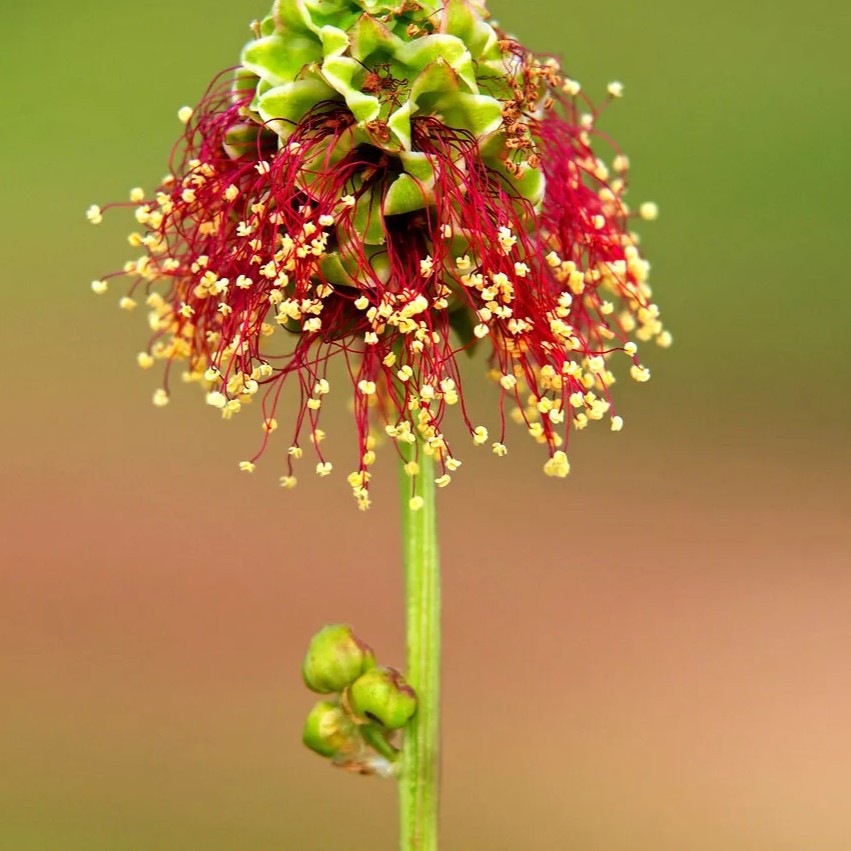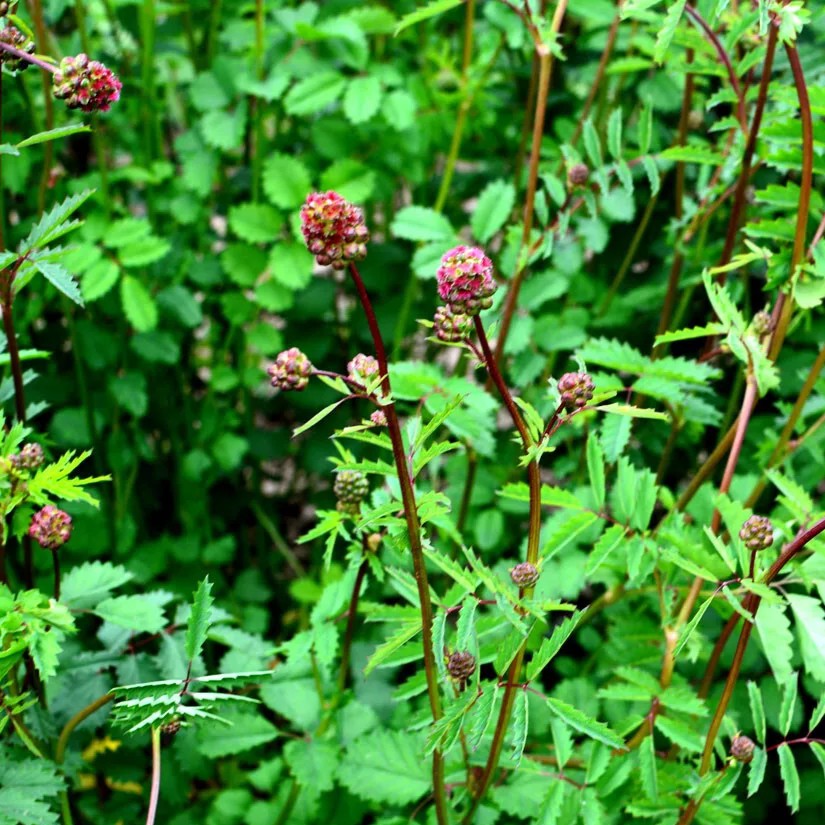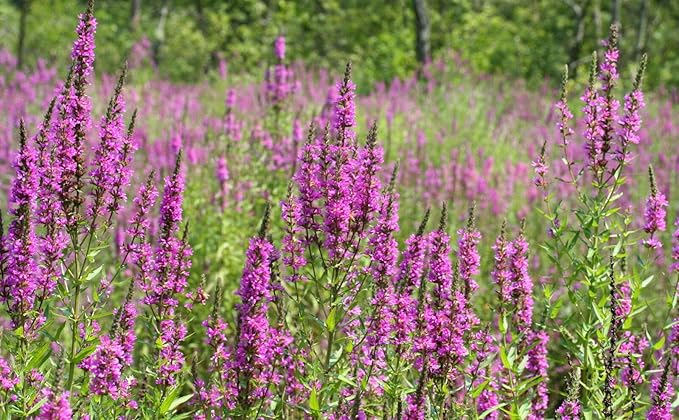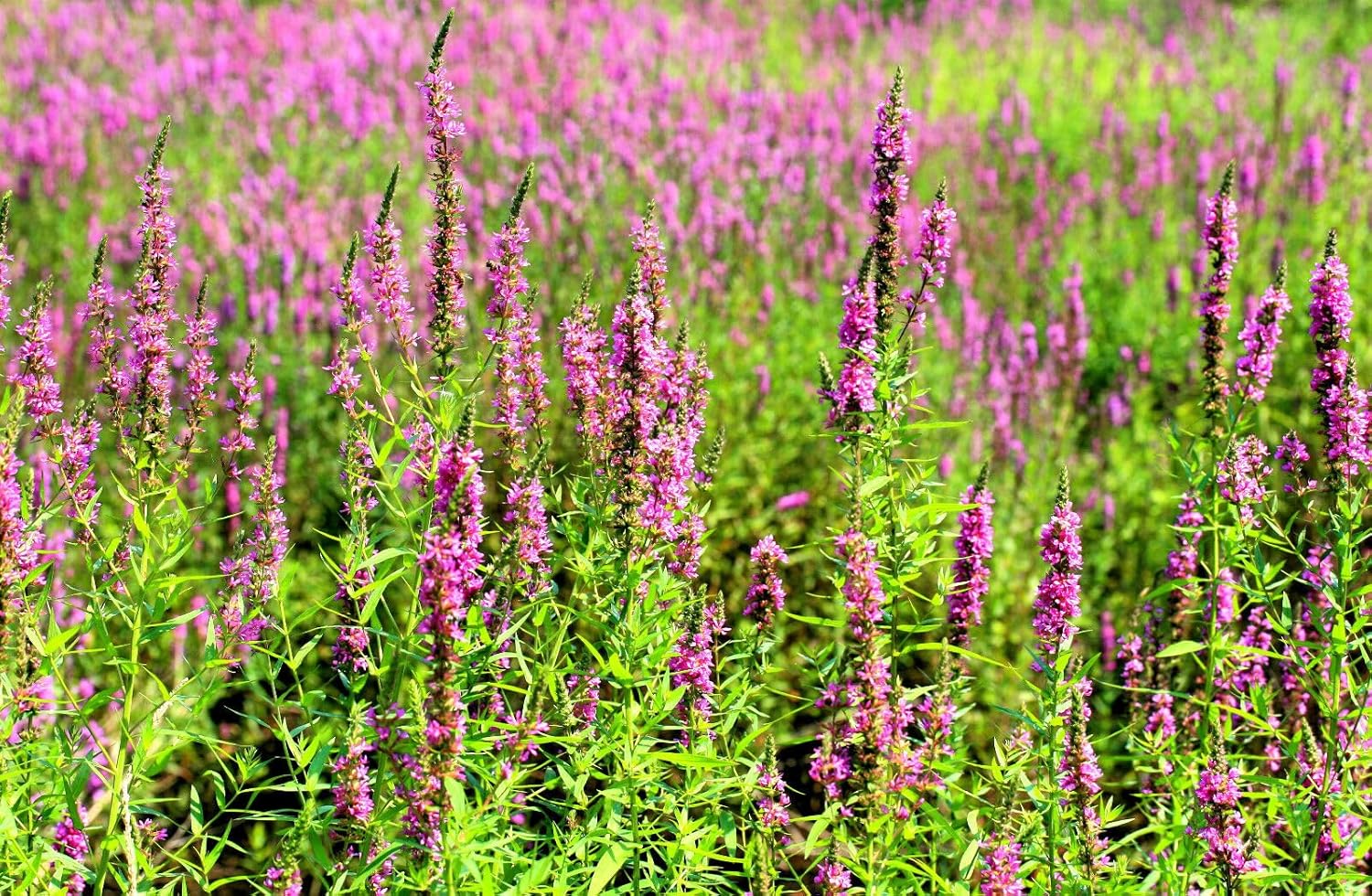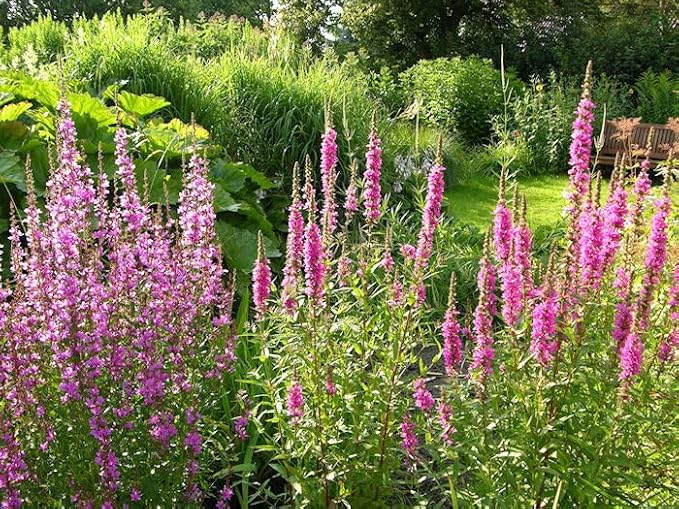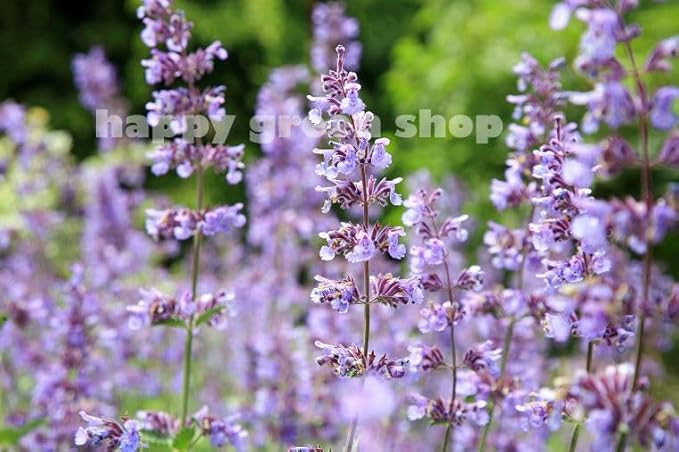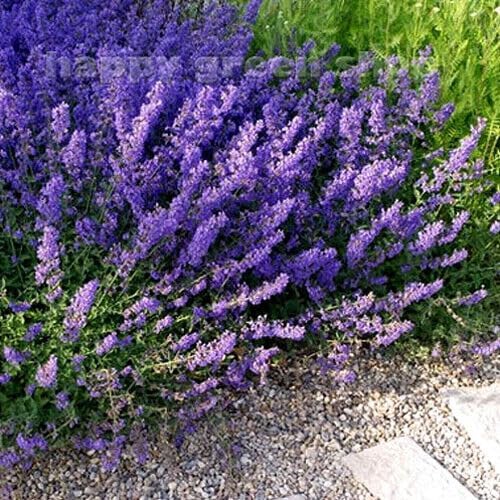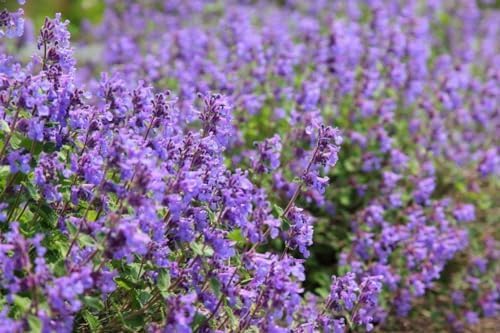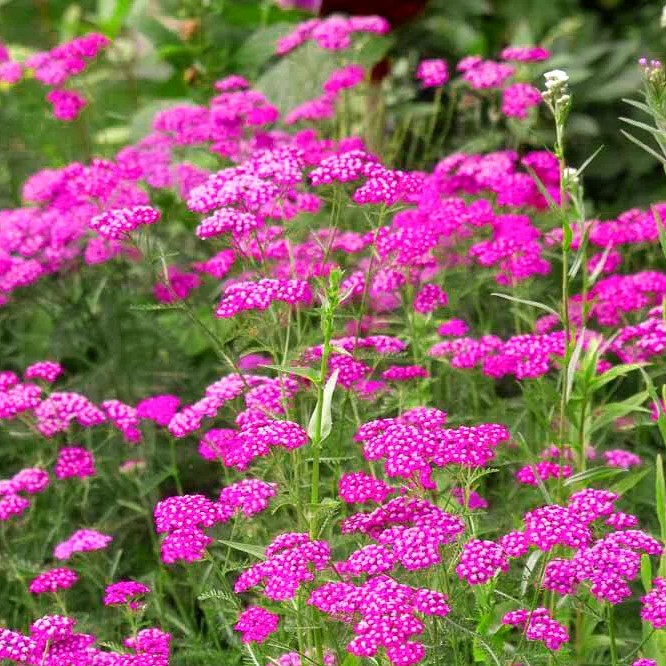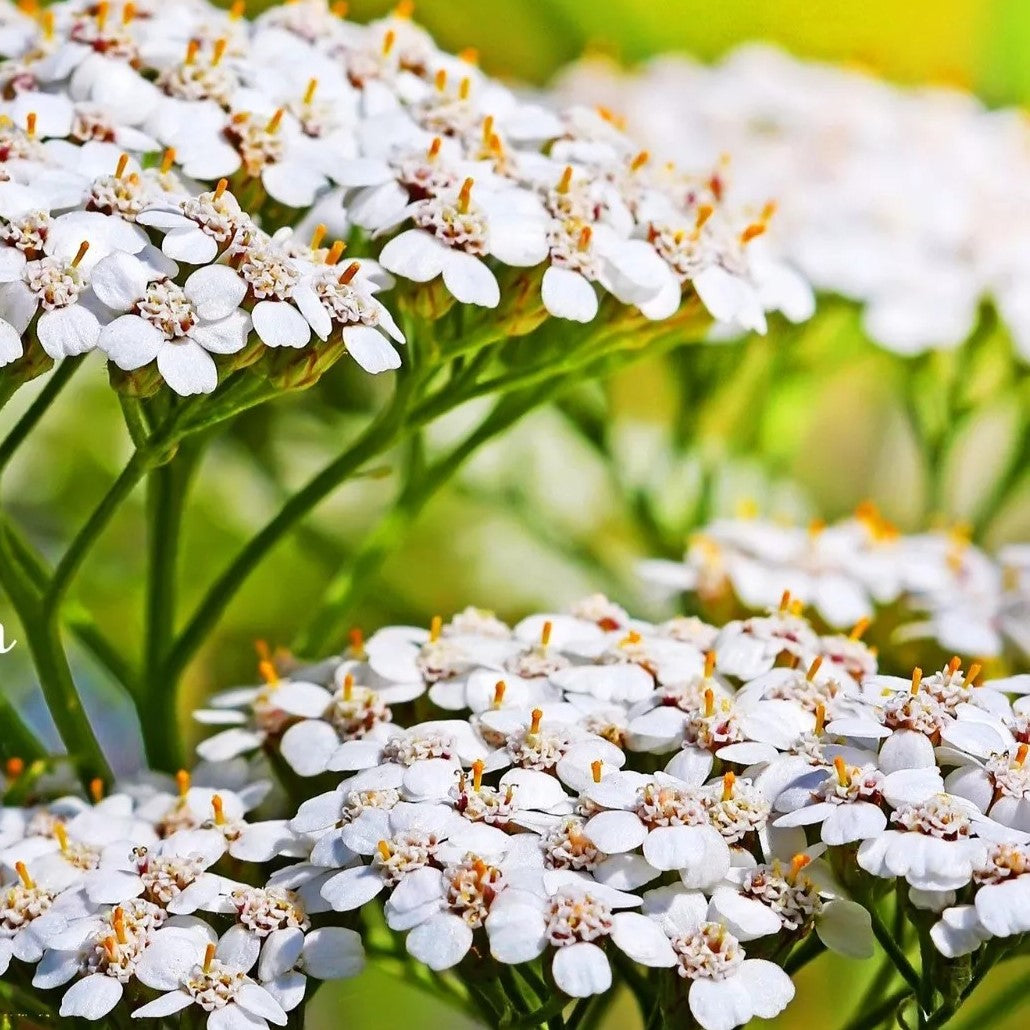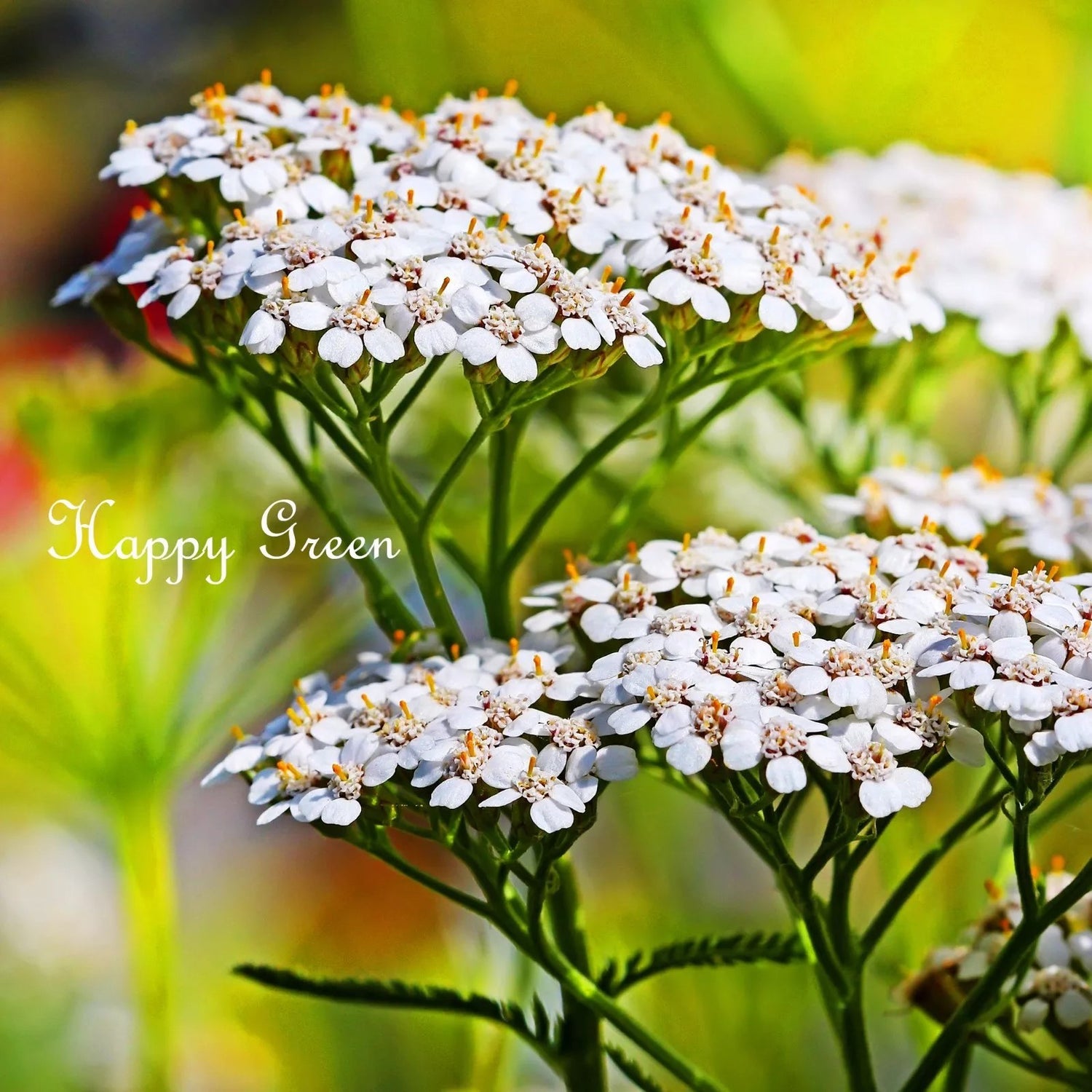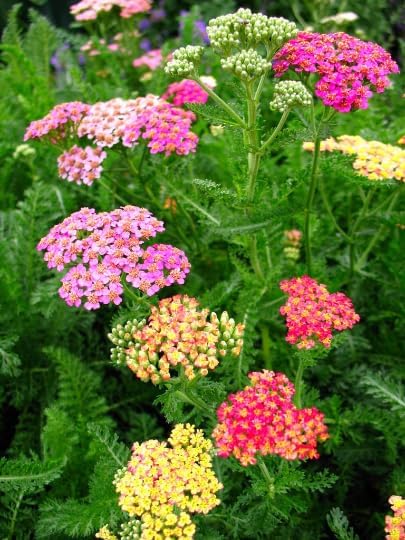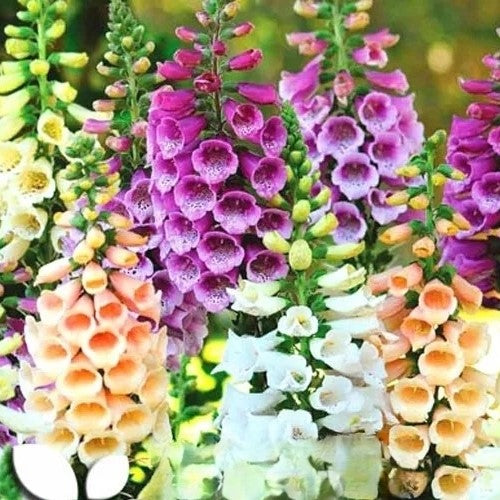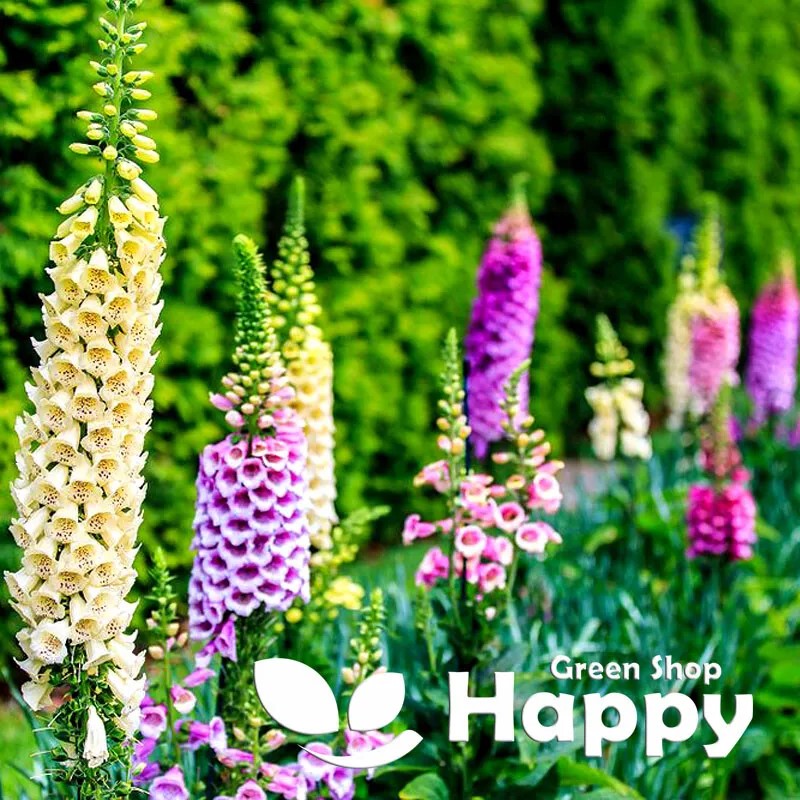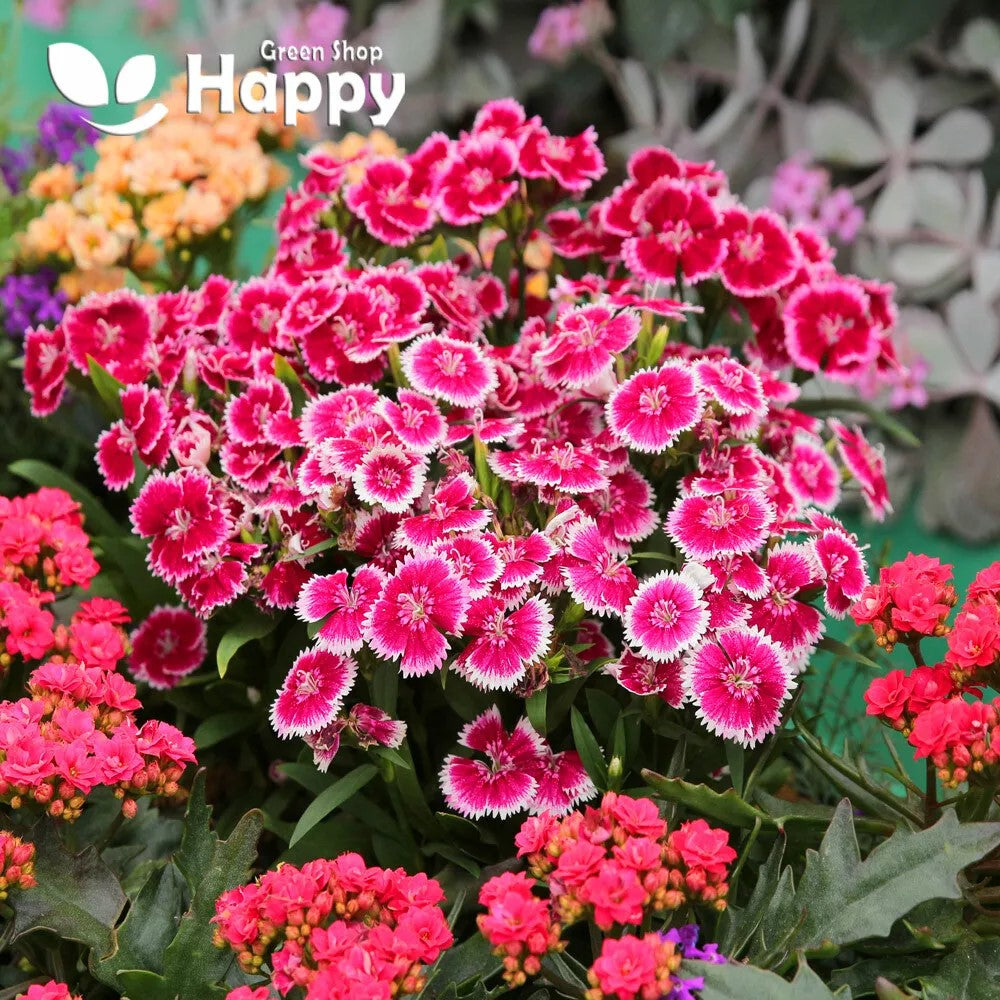Sort by:
9 products
9 products
Salad Burnet – Seeds (Sanguisorba minor)
Salad Burnet is a hardy perennial herb known for its fresh, cucumber-like flavor. Its delicate, serrated leaves are perfect for adding to salads, dips, sauces, and refreshing summer drinks. An attractive, low-maintenance plant, it also makes a lovely edging herb for the garden.
This herb is drought-tolerant once established and can be harvested repeatedly throughout the growing season. A traditional herb with both culinary and ornamental value.
How to Grow
-
Sow indoors: March – April
-
Sow outdoors: April – June
-
Depth: 0.5 cm, lightly cover
-
Spacing: 25–30 cm between plants
-
Position: Full sun to partial shade
-
Soil: Well-drained, light to medium soil
-
Watering: Moderate; drought tolerant once mature
Key Features
-
Perennial herb with cucumber-like flavor
-
Ideal for salads, sauces, and refreshing drinks
-
Hardy, drought-tolerant, and low maintenance
-
Attractive edging plant for herb gardens
-
Repeated harvests throughout summer
Harvest
-
Harvesting period: May – October
-
Pick young, fresh leaves regularly for the best flavor.
Short Tip
Snip leaves just before use, as their delicate flavor is best enjoyed fresh.
Yellow Iris – Seeds
(Iris pseudacorus)
The Yellow Iris (Iris pseudacorus) is a striking perennial, known for its large golden-yellow blooms and elegant sword-like foliage. Naturally found along riverbanks and ponds, it thrives in moist to wet soil, making it a perfect choice for water gardens, bog gardens, or pond edges. In late spring to early summer, it produces showy flowers that attract pollinators and provide a beautiful contrast to lush greenery. Hardy and low-maintenance, this iris is both ornamental and beneficial for wildlife habitats.
Key Features
-
Type: Perennial, aquatic/marginal plant
-
Height: 80–120 cm
-
Spread: 40–60 cm
-
Flowering: May–July
-
Position: Full sun / partial shade
-
Soil: Moist, fertile; thrives in boggy or wet conditions
Ideal For
-
Pond edges, water features, and wetlands
-
Wildlife and naturalistic gardens
-
Cottage and perennial borders (in moist soil)
-
Attracting bees and butterflies
Sowing & Growing
-
Sow indoors/outdoors: Autumn–Spring
-
Pre-treatment: Seeds benefit from stratification (exposure to cold for 6–8 weeks) before sowing.
-
Germination: Can be slow and irregular (1–3 months).
-
Sow depth: Cover lightly with compost and keep moist.
-
Transplanting: Move seedlings to permanent positions when large enough, ensuring soil remains moist.
Purple Loosestrife Seeds (Lythrum salicaria)
A striking perennial, Purple Loosestrife produces tall spikes of vibrant purple flowers throughout summer. Hardy and long-flowering, it adds vertical interest and color to borders, wetlands, and naturalistic garden plantings, attracting bees and butterflies.
What Makes It Special
-
Tall spikes of vivid purple flowers
-
Hardy, long-lasting perennial with dramatic vertical presence
-
Attracts pollinators, supporting wildlife-friendly gardens
Key Features
-
Botanical name: Lythrum salicaria
-
Hardy perennial
-
Height: 100–150 cm (3–5 ft)
-
Bloom time: Summer
Ideal For
-
Garden borders and wetland-style plantings
-
Naturalistic and cottage-style gardens
-
Pollinator-friendly landscapes
Sowing
-
Sow indoors Feb–Apr or outdoors Mar–May
-
Cover lightly with soil and keep moist
-
Germination: 14–28 days at 15–20°C
-
Thin seedlings 30–40 cm apart
-
Flowers in the first or second season after sowing
Garden Catmint Seeds (Nepeta mussinii)
A hardy perennial, Garden Catmint produces spikes of soft lavender-blue flowers over aromatic gray-green foliage. Long-flowering and drought-tolerant, it’s perfect for borders, cottage gardens, and pollinator-friendly landscapes, attracting bees and butterflies while adding texture and fragrance.
What Makes It Special
-
Soft lavender-blue blooms over aromatic foliage
-
Hardy, long-flowering, and drought-tolerant
-
Attracts bees, butterflies, and other pollinators
Key Features
-
Botanical name: Nepeta mussinii
-
Hardy perennial
-
Height: 30–60 cm (12–24 in)
-
Bloom time: Late spring to early autumn
Ideal For
-
Borders, cottage gardens, and mixed perennial beds
-
Pollinator-friendly landscapes
-
Containers and low-maintenance garden designs
Sowing
-
Sow indoors Feb–Apr or outdoors Mar–May
-
Cover lightly with soil and keep moist
-
Germination: 10–21 days at 15–20°C
-
Thin seedlings 30–40 cm apart
-
Flowers the first or second season after sowing
Yarrow ‘Milfoil Cerise Queen’ – Seeds (Achillea millefolium)
Yarrow ‘Milfoil Cerise Queen’ (Achillea millefolium) is a hardy perennial featuring flat-topped clusters of vibrant cerise flowers above fine, fern-like foliage. Blooming from early summer to autumn, it adds long-lasting color and texture to borders, rockeries, and wildflower gardens. Drought-tolerant, low-maintenance, and attractive to pollinators, this yarrow is ideal for sustainable gardens and mixed perennial beds.
Why Grow "Milfoil Cerise Queen"
-
Vibrant cerise, flat-topped flower clusters
-
Long flowering season from early summer to autumn
-
Hardy, drought-tolerant, and low-maintenance
-
Attracts bees, butterflies, and other pollinators
Key Features
-
Type: Perennial (Achillea millefolium)
-
Height: 40–60 cm
-
Flowering: Early summer to autumn
-
Position: Full sun
-
Uses: Borders, rockeries, wildflower gardens, pollinator-friendly beds
Ideal For
-
Adding bold color and texture to perennial borders
-
Sustainable and low-water gardens
-
Pollinator-friendly planting schemes
-
Cottage-style or naturalistic gardens
Sowing & Growing
-
Sow indoors: February–April in trays or pots
-
Sow outdoors: March–May directly in soil
-
Germination: 10–20 days at 18–22°C
-
Thin seedlings 30 cm apart
-
Prefers well-drained soil in full sun
-
Cut back spent flowers to encourage rebloom
Yarrow ‘Summer White’ – Seeds (Achillea millefolium)
Yarrow ‘Summer White’ is a hardy perennial producing flat clusters of pure white blooms atop feathery, aromatic foliage. Blooming from early summer to autumn, this versatile plant thrives in borders, rockeries, and cottage gardens. Drought-tolerant and low-maintenance, it attracts pollinators like bees and butterflies, adding texture, fragrance, and long-lasting color to your garden.
Why Grow "Summer White"
-
Flat clusters of pure white, long-lasting flowers
-
Drought-tolerant and low-maintenance
-
Attracts bees, butterflies, and other pollinators
-
Ideal for borders, rockeries, and cottage gardens
Key Features
-
Type: Perennial (Achillea millefolium)
-
Height: 60–80 cm
-
Flowering: Early summer to autumn
-
Position: Full sun
-
Uses: Borders, rockeries, cottage gardens, pollinator gardens
Ideal For
-
Adding texture and structure to borders and beds
-
Cottage and mixed garden designs
-
Pollinator-friendly garden planting
-
Gardeners seeking hardy, long-flowering perennials
Sowing & Growing
-
Sow indoors: 6–8 weeks before last frost
-
Sow outdoors: Directly after frost danger has passed
-
Germination: 10–20 days
-
Space seedlings: 30–40 cm apart
-
Prefers well-drained soil and full sun
Yarrow ‘Pastel’ Mix Seeds (Achillea millefolium)
A hardy and long-flowering perennial, Yarrow ‘Pastel’ Mix produces flat-topped clusters of delicate blooms in soft shades of pink, peach, and cream. Compact and drought-tolerant, it’s perfect for borders, cottage gardens, and wildflower meadows, attracting bees and butterflies.
What Makes It Special
-
Soft pastel blooms in pink, peach, and cream
-
Hardy, drought-tolerant, and long-flowering
-
Attracts pollinators, enhancing wildlife-friendly gardens
Key Features
-
Botanical name: Achillea millefolium
-
Hardy perennial
-
Height: 30–60 cm (12–24 in)
-
Bloom time: Summer
Ideal For
-
Borders, beds, and cottage gardens
-
Wildflower meadows and pollinator-friendly plantings
-
Containers and low-maintenance garden designs
Sowing
-
Sow indoors Feb–Apr or outdoors Mar–May
-
Cover lightly with soil and keep moist
-
Germination: 14–21 days at 15–20°C
-
Thin seedlings 25–30 cm apart
-
Flowers the first or second season after sowing
Dwarf Foxglove 'Foxy' Mix – 8000 Seeds (Digitalis purpurea)
Add cottage garden charm with Dwarf Foxglove 'Foxy', a compact variety that produces spires of trumpet-shaped blooms in shades of pink, purple, cream, and white. Unlike taller foxgloves, 'Foxy' grows to a manageable height, making it perfect for smaller gardens, beds, borders, and containers. Loved by bees and pollinators, it’s a classic for wildlife-friendly planting.
What Makes It Special
-
Compact foxglove, only 60–80 cm tall
-
Mix of soft, romantic colors with speckled throats
-
Blooms in the first year from seed
-
Perfect for beds, borders, and wildlife gardens
Key Features
-
Pack Size: 8000 seeds
-
Height: 60–80 cm
-
Biennial (flowers in year one if sown early)
-
Attracts bees and other pollinators
Ideal For
-
Cottage and wildlife gardens
-
Beds, borders, and mixed plantings
-
Containers and small gardens
-
Pollinator-friendly spaces
Sowing
-
Sow indoors Jan–May on moist seed compost, press seeds lightly (do not cover, needs light to germinate)
-
Germination: 14–21 days at 18–22°C
-
Transplant outdoors after frost, spacing 25–30 cm
-
Flowers: June–August
Dwarf Maiden Pink White-Red Seeds (Dianthus deltoides)
A charming and compact perennial, Dwarf Maiden Pink White-Red produces small, delicate blooms in a mix of white and red shades. Hardy and low-growing, it’s perfect for borders, rock gardens, and container plantings, offering long-lasting color and a neat, tidy habit.
What Makes It Special
-
Delicate white and red blooms in a compact form
-
Hardy, low-growing, and ideal for small spaces
-
Long flowering season with vibrant colors
Key Features
-
Botanical name: Dianthus deltoides
-
Hardy perennial
-
Height: 10–15 cm (4–6 in)
-
Bloom time: Late spring to summer
Ideal For
-
Borders, rock gardens, and edging
-
Containers and small garden spaces
-
Low-maintenance, compact garden displays
Sowing
-
Sow indoors Feb–Apr or outdoors Mar–May
-
Cover lightly with soil and keep moist
-
Germination: 14–21 days at 15–20°C
-
Thin seedlings 10–15 cm apart
-
Flowers in the first or second season after sowing

